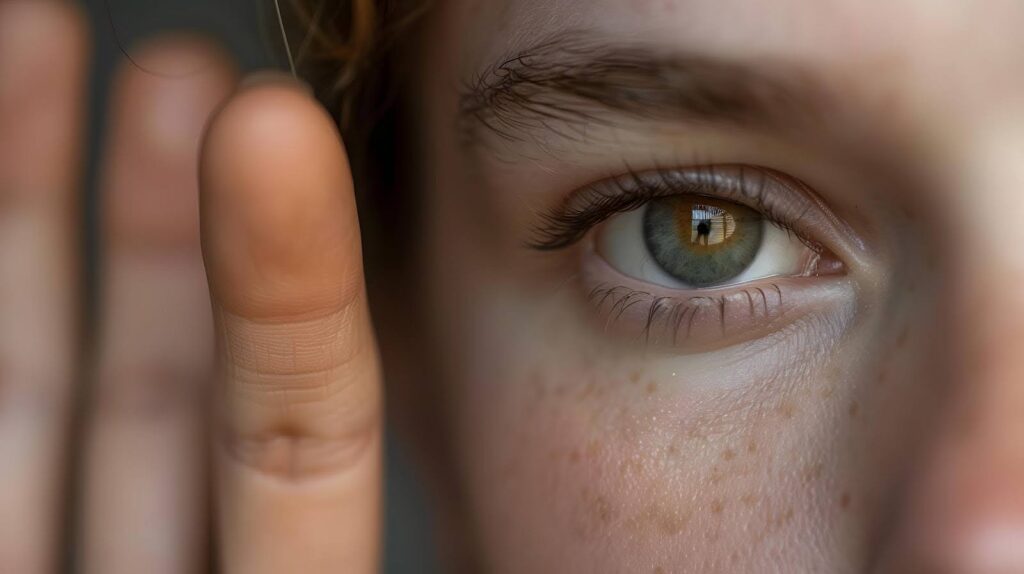There are over 6 billion people in the world and no two people are exactly the same. Each and every person will have their own background, history, hobbies, interests, qualities, skills, and more.
Since no two people are exactly the same, it can make it more difficult in certain situations, especially in the medical world. Two people may share the exact same signs and symptoms. Despite the shared signs and symptoms, they could be diagnosed with two completely different disorders.
The medical world has come a long way. It has a variety of treatment options and approaches that can be tailored to each person’s unique needs. EDMR is one of these approaches.
EMDR isn’t as mysterious as you may think. Let’s learn more about EMDR and what it involves.
What is EMDR?
Eye movement desensitization and reprocessing (EMDR) is a highly effective form of therapy. EMDR allows individuals to work through traumatic experiences as well as their negative emotions tied to that trauma. The main goal of EMDR is to help individuals who have gone through a past trauma reprocess those memories and create new connections.
What EMDR is Used For
EMDR is mainly used for individuals who have gone through a previous traumatic event. These are some of the other conditions that EMDR is used to treat:
- Addiction
- Anger
- Anxiety
- Bipolar disorder
- Depression
- Dissociative disorders
- Eating disorders
- Grief and loss
- Low self-esteem
- Panic attacks
- Performance anxiety
- Phobias
- Post-traumatic stress disorder (PTSD)
- Sleeping problems
- Traumatic memories
- Trust issues
What EMDR Looks Like
EMDR uses bilateral stimulation through various eye movements or tapping motions to help the brain process traumatic memories. The idea behind EMDR therapy stems from rapid eye movement, or REM, where the brain processes memories during the sleep cycle. There are eight phases of EMDR.
- History-taking
The first phase of EMDR involves history-taking. This is when a client establishes a relationship with their therapist by sharing their history and reason for seeking treatment in the first place. - Client Preparation
The second phase of treatment will involve your therapist going over EMDR and how it works. You may even start to practice forms of bilateral stimulation and coping techniques so that you feel safe, prepped, and ready to begin the process during your first session of EMDR. - Assessment
Your therapist will help you activate any stressful memories so that you can use the resources provided to help regulate and control your emotions. While your therapist works with you to activate these memories, you’ll help them identify what you’re thinking and feeling. - Desensitization
During the desensitization phase, your therapist will have you focus on a specific memory while they work to help you reprocess and replace that memory with something more positive. The desensitization phase will continue until the stress towards that memory decreases or disappears completely. - Installation
After desensitization, your therapist will make sure that your new positive beliefs remain intact through the use of bilateral stimulation. - Body Scan
In the body scan phase, you should feel little to no stress relating to that former traumatic memory. You will work with your therapist to describe what’s happening in your body as you revisit that traumatic memory and your new association with it. The body scan helps to strengthen that new connection of what your body and brain are feeling. - Closure
Closure is the final stage of EMDR, during which you’ll work with your therapist to make sure you remain calm and balanced. - Re-evaluation
In the eighth phase, your therapist will ensure the treatment worked or determine if more sessions are required.
Next Steps
EMDR isn’t as mysterious as you may have thought. It’s actually a highly effective form of treatment. To find out if EMDR will suit you and your needs as well, give us a call to set up a consultation with a skilled and experienced EMDR therapist.



